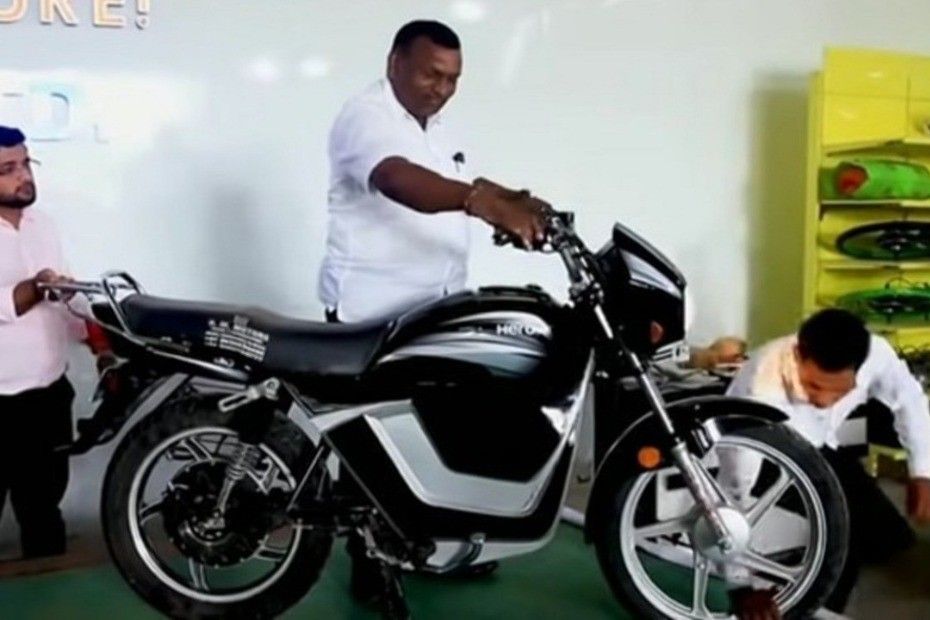Pros and Cons Of Retrofitment Kits On Two-wheelers
Modified On Apr 17, 2022 03:56 PM By Praveen M. for Hero Splendor Plus
- 1804 Views
- Write a comment
We analyse whether retrofitment kits to make your vehicles greener are a good idea or not

The rising concerns about climate change and ever increasing fuel prices has pushed electrification in several markets, including India. But as the country is well-known for jugaad, retrofitment kits also started gaining traction in the market. But what are the pros and cons of using such kits? We analyse:
Pros:

The biggest and the most obvious advantage of EV retrofitment kits are its inherent benefits: efficiency. Since they use electricity, which is a relatively cheaper resource, they result in considerably lower running costs. They also have less moving parts than ICE-powered two-wheelers, and hence their servicing costs are minimised as well.
Electric vehicles also offer instantaneous torque, making them perfect for navigating traffic-ridden roads. They’re silent too, so no concerns of noise pollution either. Nowadays, RTO-approved retrofitment kit are also available for specific ICE-powered models, making the switch even easier, and cleaner legally.
Cons:

Since retrofitment kits involve making major modifications to install onto existing ICE-powered vehicles, it will automatically void the warranty of the vehicles even if it’s an RTO-approved kit. So, when a problem arises, OEM support will prove to be expensive.
A lot of unapproved retrofitment kits are available in the market at a much cheaper price. Sure, they’re lighter on the pocket but their quality will be problematic, especially when it involves an energy storage device (battery pack) that’s prone to the risk of fire and in worst case, explosion. One must also note that the components of a retrofitment kit may be stable individually, but may not be so when they are put together. If the components do not have perfect compatibility, they may be prone to failure, especially in an extreme environment like India.
Retrofitment kits may also have negative effects on the dynamics of a vehicle as the latter’s chassis is designed specifically for a particular set of components. Adding a heavy component like a battery pack will have an effect on the EV’s handling, so one needs to be wary of that as well.
Another important aspect that one needs to keep in mind is the cost. Proper, RTO-approved retrofitment kits are expensive. In fact, this RTO-approved retrofitment kit for the Hero Splendor Plus costs Rs 1 lakh, and that’s excluding the on-road price of the donor bike.
Summing up, retrofitment kits are a double edged sword, and one needs to be fully aware of the pros and cons before investing in a kit. More often than not, selling the older ICE vehicle and buying a new EV would be a more straightforward way to go.
